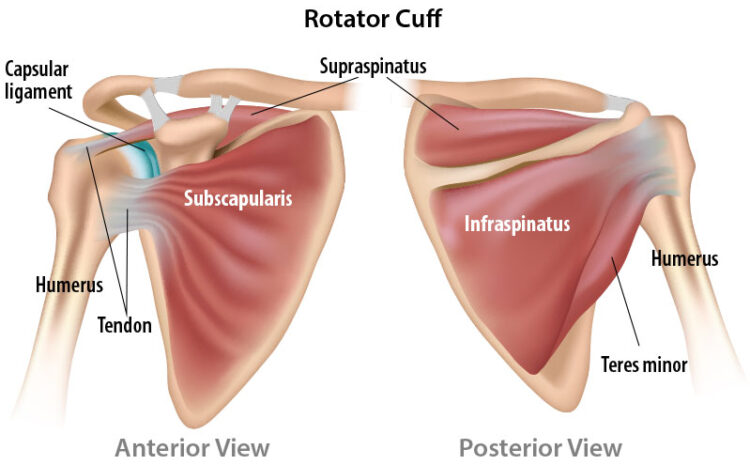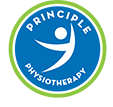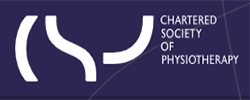
The importance of training the rotator cuff to improve grip strength
What Is the Rotator Cuff?
The rotator cuff muscle is found on your back attaching itself to your shoulder blade and the head of the humerus. The main purpose of the rotator cuff is to help lift and rotate your arms. The muscle is split up into 4 different muscles as seen in figure 1. There is the Supraspinatus which holds your humerus in place and keeps your upper arm stable, the Infraspinatus which is the main muscle that lets you rotate and extend your shoulder, the Teres Minor which is the smallest muscle, assists in the rotation of the arm away from the body and lastly, the Subscapularis which holds your upper arm bone to your shoulder blade and helps you rotate your arm, along with holding it straight out and lowering it.
Does The Rotator Cuff Work Alone?
In short no. When griping an object, the rotator cuff and deltoid muscles work together to form a force couple. Along with the separate rotator cuff muscles these themselves work with each other to produce a force couple. What this means is when one muscle is exerting force, a separate muscle counteracts thus stabilising the joint being used to prevent the dislocating force to occur.
How Does Your Grip Link to Your Rotator Cuff?
It has been found that the connection between your grip and the rotator cuff muscle is neurological. What this does is have anticipatory stability effect when we grip which means our brain knows when we grip, therefore recruiting the rotator cuff muscles to stabilise the arm and be better prepared to handle the load being placed on the arm and your grip. With people who have shoulder impairments it is commonly seen that the deltoid muscles have become more dominant which means the rotator cuff cannot perform the stabilising action well which could cause injury to the shoulder or rotator cuff.
Ways We Can Train Our Rotator Cuff and Grip
Ensure you work in both the pronated (palm down) and supinated (palm up) positions. Examples of Pronation exercise are pull ups, dead lifts and dead man hangs whereas good Supinated exercises are bicep curl or chin ups. In addition, you can also change your wrist positions in exercises such as a bent over row or arm raises. Another great way to train your grip is to use the bottoms up kettle bell exercise. This creates an instability which means you have to recruit additional muscles to control the load. Not only is it going to improve your grip strength but will also improve your posture, mental focus and anaerobic ability. For example a simple KB shoulder press will become a different and more challenging exercise when performed bottom up.




